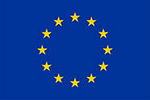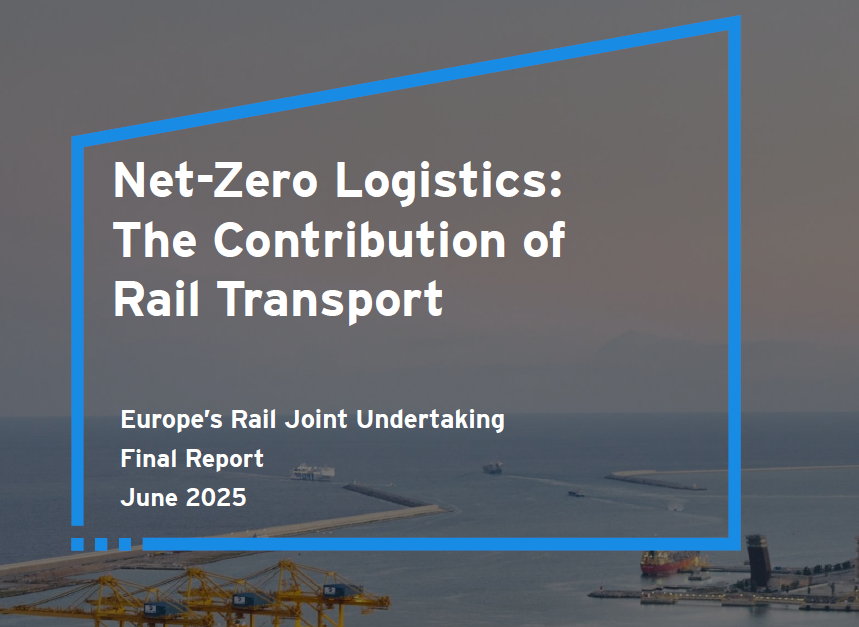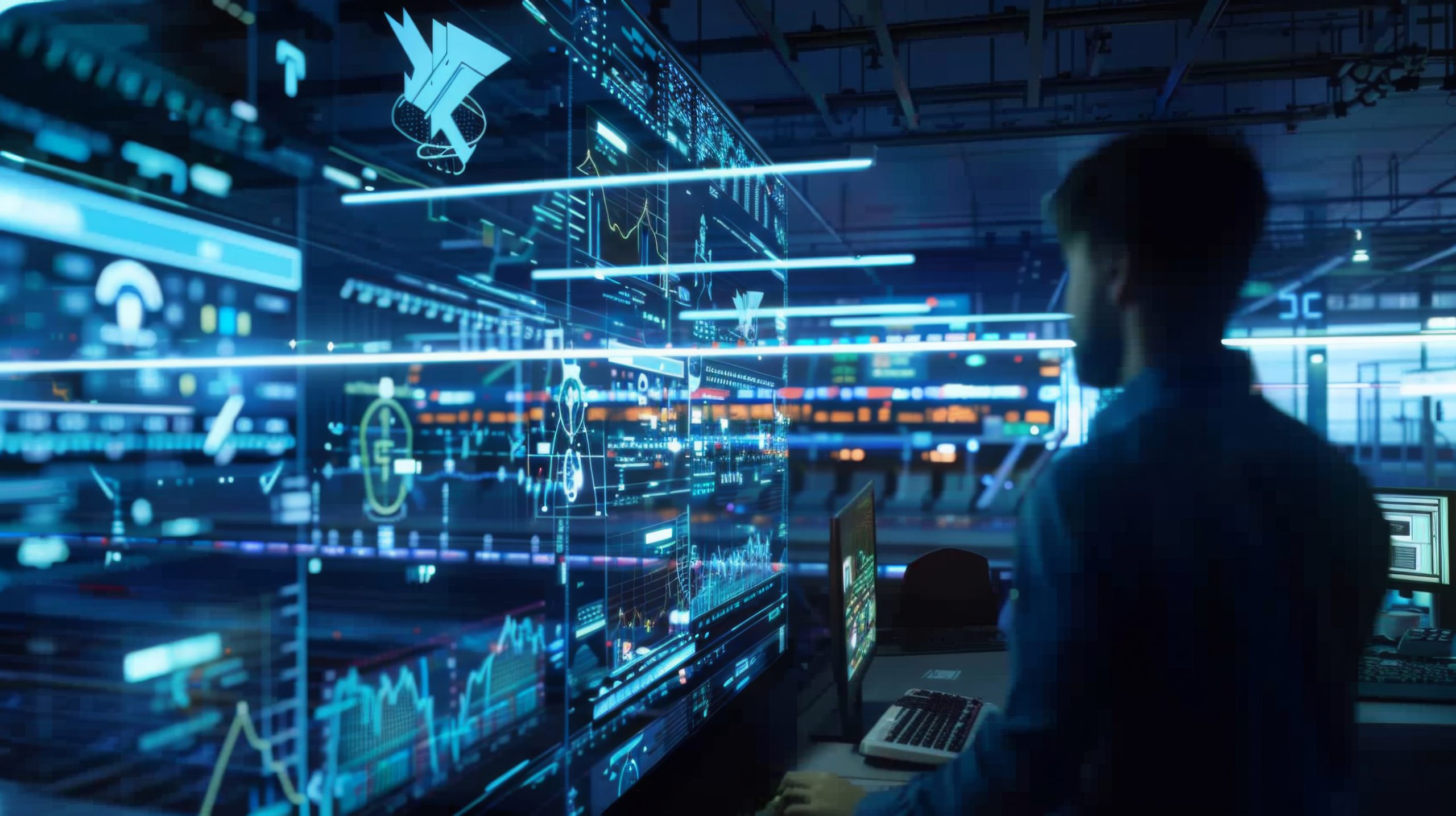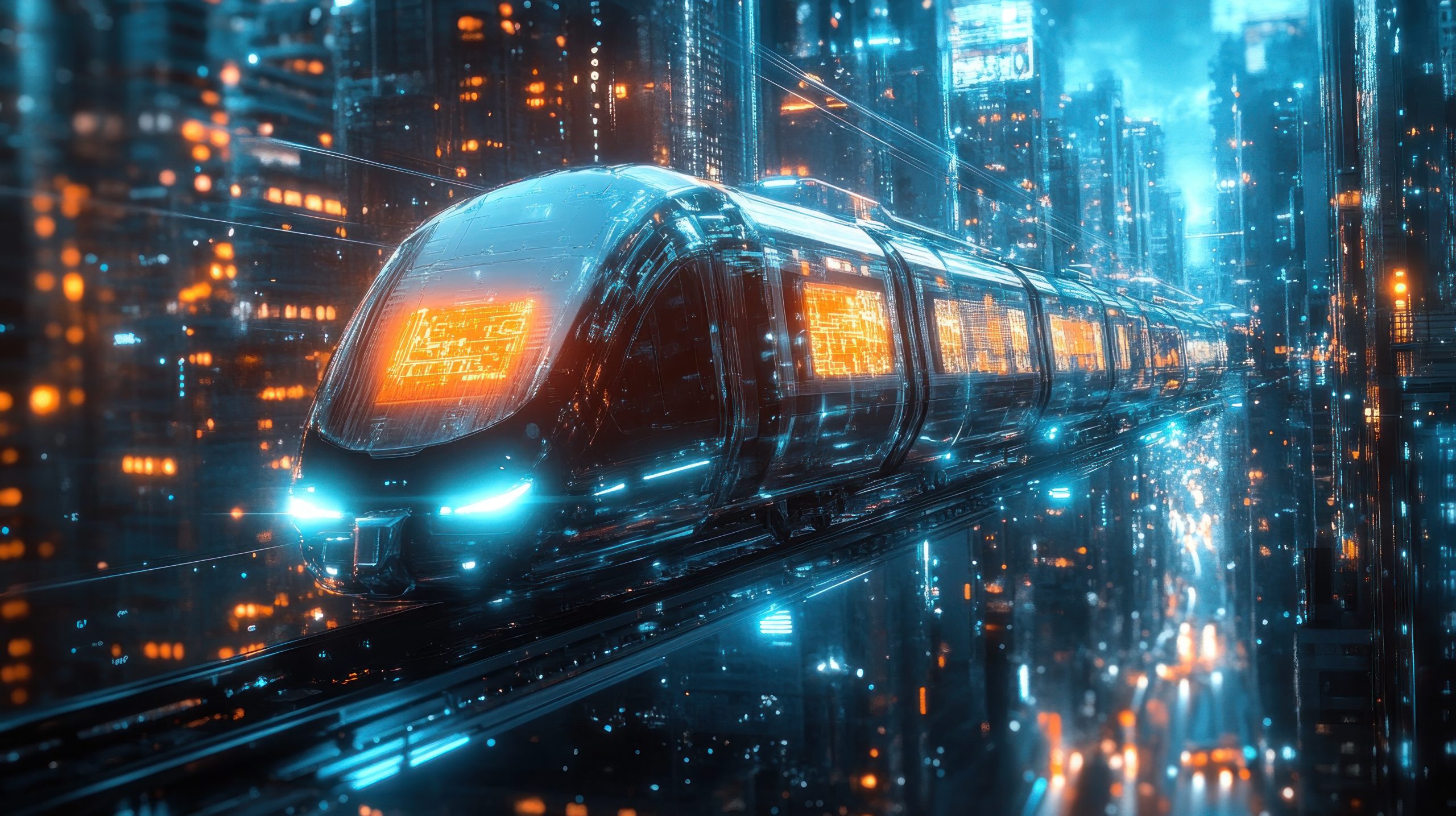Europe must take decisive steps to simplify and modernise its rail systems to strengthen competitiveness,...
The cross-sectoral cooperation within the Shift2Rail programme of partners from Railway Undertakings, suppliers, academia and EU member states has already borne first results.
Distributed traction, new simulation tools, and digital automatic coupler
“Distributed traction” has been successfully tested in freight traffic. A newly created simulation tool for timetable analysis provides reliable punctuality forecasts within less than a minute in the event of a disruption. By using innovative measurement technology for trains, DB Netz has been able to reduce the number of closures required for line maintenance by around 50% and the associated costs by around 35%. New types of air-conditioning systems cause 9dB less noise on the trains in the DB’s stabling facilities due to optimised technology and at the same time consume 5% less energy. In addition, simpler, standardised basic IT structures in all trains will save approx. 50% of the costs for approval and maintenance of the IT systems.

Optimized monitoring system on the BR189 freight locomotive

Air-conditioning tests
This year, we should also pay special attention to the digital automatic coupler in rail freight traffic. In addition to the aim of making processes more efficient, automated and digitalised, it should be emphasised here, that a common, sector-wide, standardised EU solution is being developed.
First tests for autonomous driving are due
In 2020 the interaction and interplay of infrastructure and train in freight traffic in connection with an open interface for ATO devices from different manufacturers will be tested. By the end of the project in 2023, fully automated driving will also be tested for its practical suitability.
How will the railway sector develop in the years to come?
The European Rail Research Advisory Council (ERRAC) has developed a vision for the rail transport of the future (2050), with significant input from Deutsche Bahn which is in line with our strategy “Starke Schiene”. In the next decades, the rail sector will become the continental backbone of an intermodal mobility service for all, both in cities and conurbations as well as in more rural regions. Groundbreaking innovations will emerge, mainly driven by artificial intelligence, robotics and intelligent materials. The road will be paved by the successor program to Shift2Rail, which focuses on technologies such as fully automated driving and digital maintenance. The inclusion of innovative companies that have not been specifically involved in the railway sector so far will help this process. The results will make a significant contribution to the European Green Deal goals and the German environmental goals.
